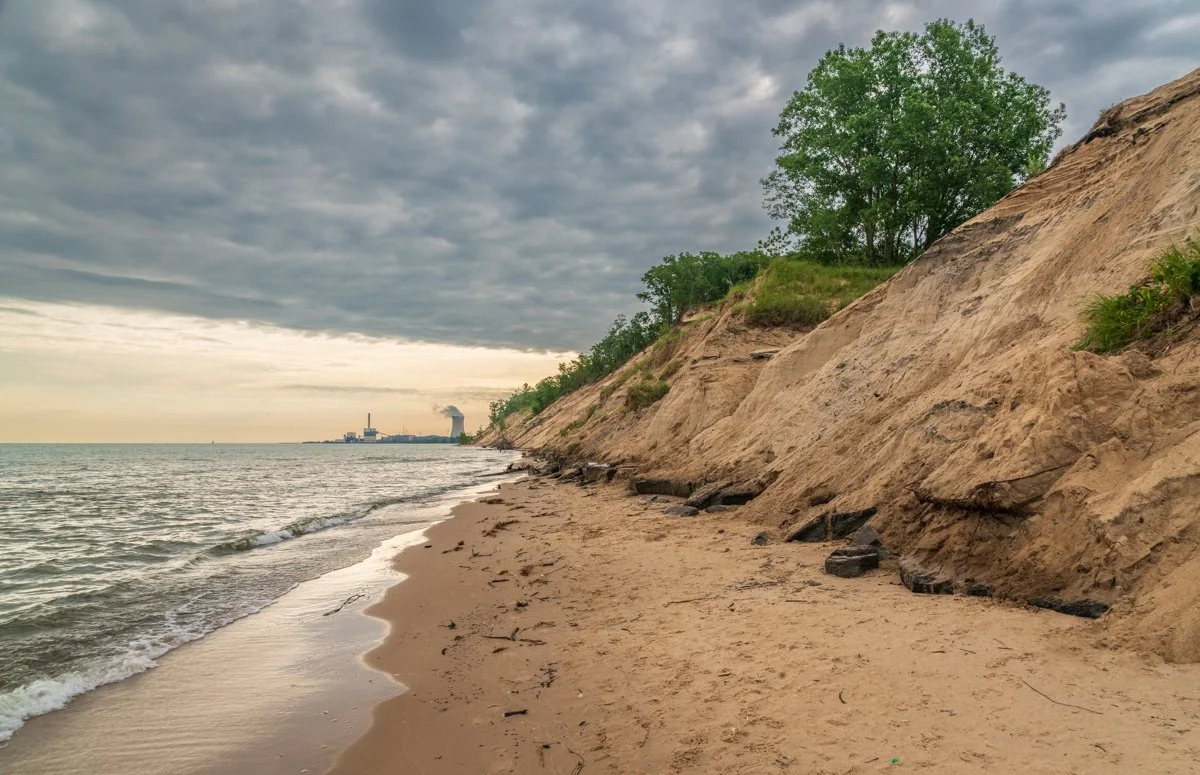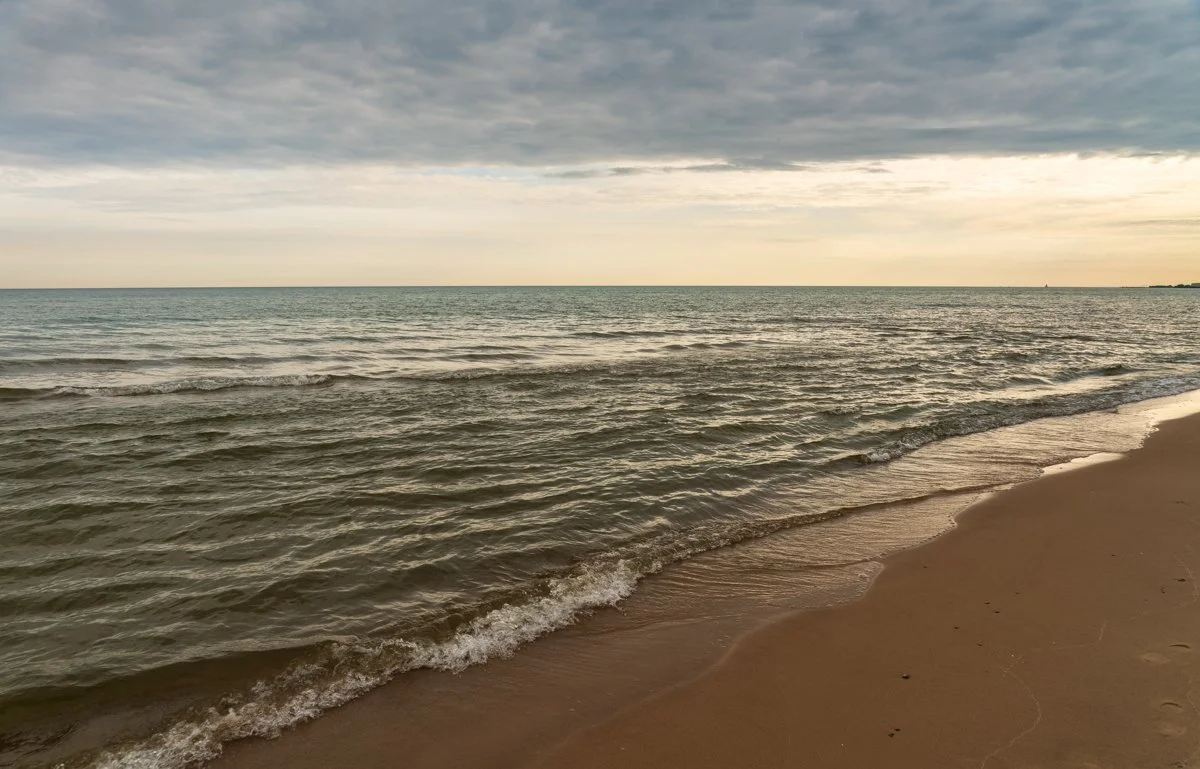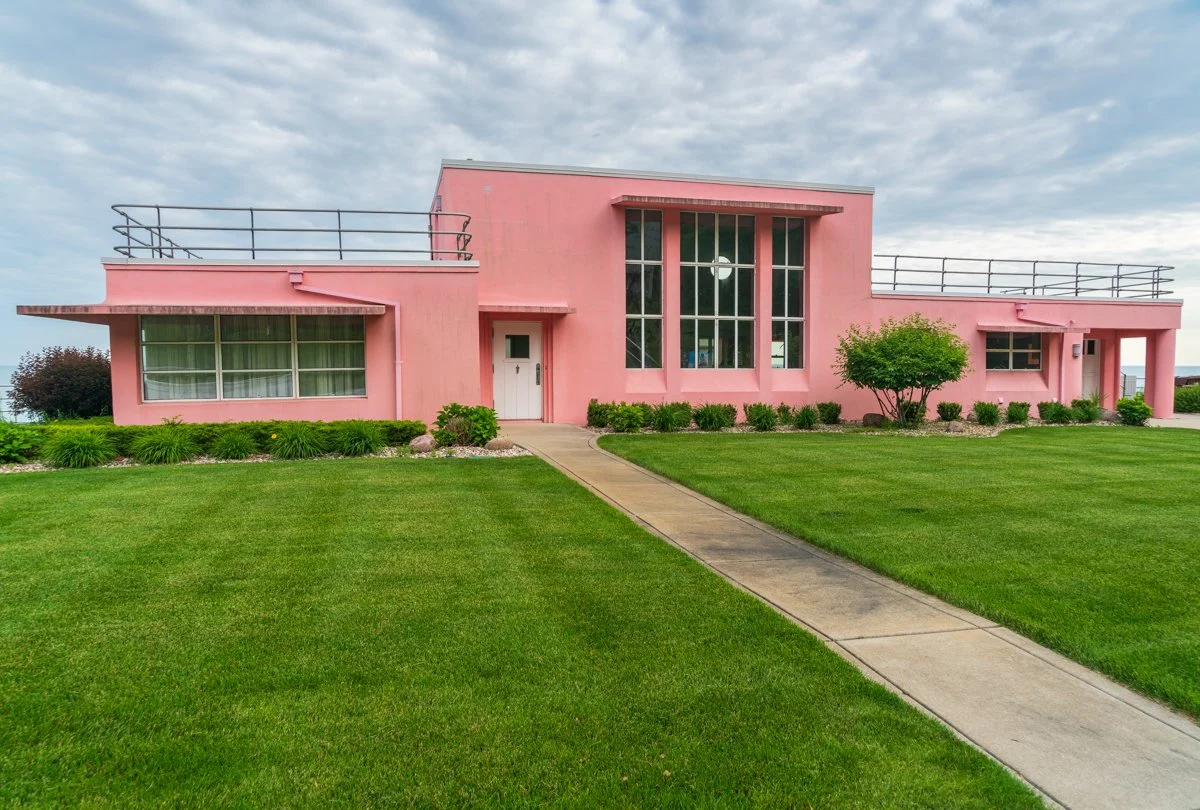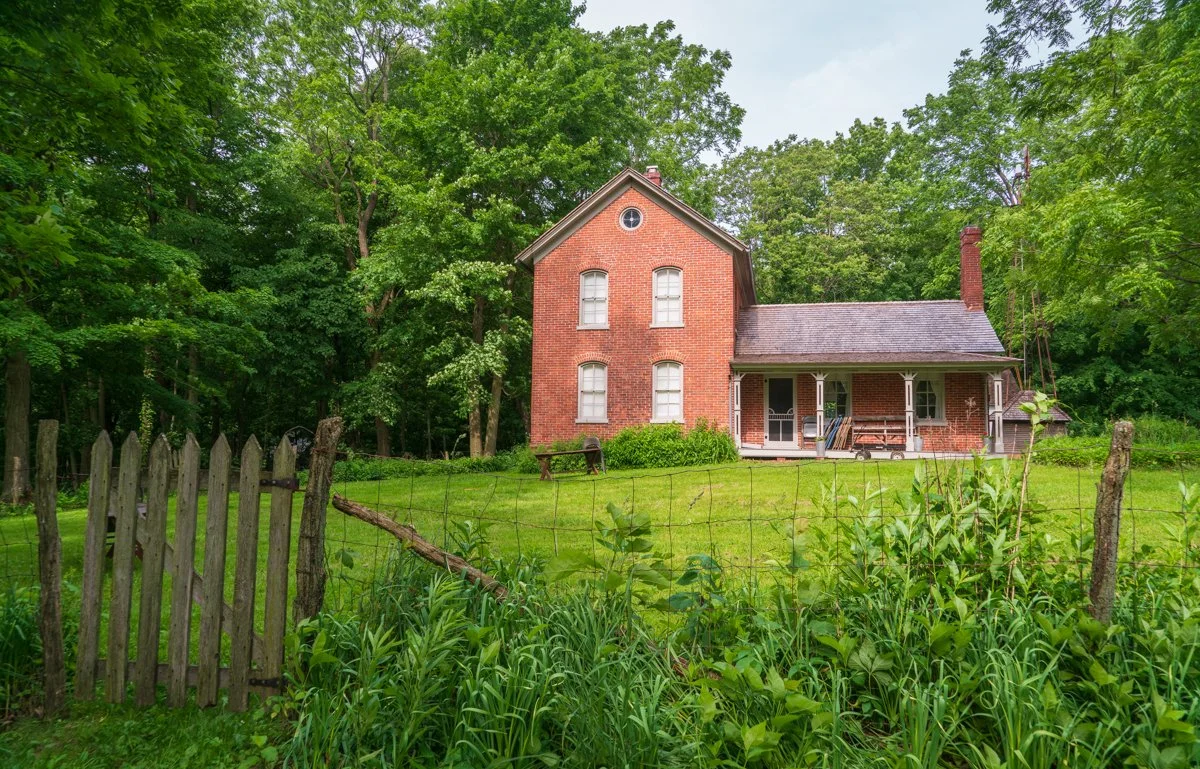Indiana Dunes National Park (Indiana)
Along the southern shore of Lake Michigan, Indiana Dunes National Park makes up a captivating haven of diverse landscapes, stunning beaches, and remarkable ecosystems. This extraordinary park, renowned for its scenic beauty and rich biodiversity, offers visitors a chance to experience the unparalleled charm of one of the Midwest's most unique coastal environments.
Established as a national park in 2019, Indiana Dunes National Park spans more than 15,000 acres, encompassing a striking array of landscapes that include sandy beaches, rolling dunes, lush forests, and tranquil wetlands. The park's impressive sand dunes, some reaching heights of nearly 200 feet, provide a stunning backdrop for exploration and discovery, inviting visitors to immerse themselves in the park's vibrant ecosystems.
Indiana Dunes National Park is home to an extraordinary array of plant and animal life, which has adapted to thrive in the park's varied environments. More than 350 species of birds, including the endangered Indiana bat and the majestic bald eagle, inhabit the park's diverse habitats, while the rich biodiversity of the park supports countless other species, many of which are rare or threatened.
Visitors to Indiana Dunes National Park can partake in a wide range of recreational activities that showcase the park's stunning beauty. The park offers more than 50 miles of trails for hiking, biking, and birdwatching, allowing guests to explore the diverse landscapes that define Indiana Dunes. Scenic drives, such as the Dunes Highway, offer breathtaking vistas and access to popular park destinations. Swimming, sunbathing, and beachcombing along the park's 15 miles of Lake Michigan shoreline are also popular activities, providing unique ways to engage with the park's natural wonders.
The nearby communities of Chesterton, Porter, and Michigan City serve as gateways to Indiana Dunes National Park, offering a variety of accommodations, dining options, and local attractions. These welcoming towns ensure that every visitor can experience the park's extraordinary beauty in comfort and style.
MUST SEE SITES
Mount Baldy: This iconic sand dune is the tallest in the park and offers stunning views of Lake Michigan and the surrounding landscape. Visitors can explore the area by taking a guided hike, attending a ranger-led program, or simply taking in the stunning views of the dune and lake.
West Beach: This scenic area features a stunning beach, unique dune formations, and opportunities for hiking and wildlife viewing. Visitors can explore the area by hiking one of the park's trails, attending a ranger-led program, or simply taking in the stunning views of the beach and surrounding landscape.
Bailly Homestead and Chellberg Farm: These historic sites offer exhibits and information on the area's rich cultural history, including the lives of early settlers and farmers in the area. Visitors can explore the area by attending a ranger-led program, viewing the exhibits, or simply taking in the stunning views of the historic sites.
Cowles Bog: This unique area features a variety of habitats, including wetlands, savannas, and forests, as well as opportunities for hiking and wildlife viewing. Visitors can explore the area by hiking one of the park's trails, attending a ranger-led program, or simply taking in the stunning views of the unique habitats and wildlife.
Miller Woods Trail: This secluded trail located in the western part of Indiana Dunes National Park offers visitors a chance to explore a unique and rugged landscape of forests and wetlands. Visitors can hike along the Miller Woods Trail, which winds through the surrounding wilderness and offers stunning views of the surrounding landscape. With its secluded location and hidden treasures, Miller Woods Trail is a must-see for any visitor to Indiana Dunes National Park.
GETTING THERE
The most popular way to arrive at Indiana Dunes National Park is by car. The park is located in northwest Indiana, and can be accessed via several highways. From the east or west, you can take Interstate 94 to the park entrance. From the south, you can take US Highway 12 to the park entrance.
If you prefer to travel by public transportation, the South Shore Line commuter train runs from downtown Chicago to several stops near the park, including the Dune Park station and the Beverly Shores station.
Once you arrive at Indiana Dunes National Park, the best way to get around is by car or by foot. The park is home to several scenic drives and hiking trails, including the Cowles Bog Trail and the Indiana Dunes State Park Trail. There are also several campgrounds available for overnight stays, and ranger-led programs and tours are offered throughout the year.
GATEWAY COMMUNITIES
The towns of Chesterton, Porter, and Michigan City serve as the primary gateway communities to Indiana Dunes National Park, offering various accommodations, dining options, souvenir shops, and outdoor recreation equipment rentals.
ACCOMMODATIONS
Visitors to Indiana Dunes National Park can find various lodging options in the surrounding communities, including hotels, motels, and vacation rentals. The park itself does not feature lodges or cabins, but there is a campground available within the park, providing tent and RV sites.
CAMPGROUNDS
Indiana Dunes National Park has one developed campground, Dunewood Campground, which offers tent and RV sites, as well as basic amenities like restrooms, drinking water, and picnic areas. The campground is available on a first-come, first-served basis from April through October.
WEATHER/CLIMATE
Indiana Dunes National Park has a humid continental climate, with warm to hot summers and cold winters. Average summer temperatures can reach into the 80s Fahrenheit, while winter temperatures can dip into the teens. Visitors should be prepared for potential rain, snow, and rapidly changing weather conditions.
RECREATION OPPORTUNITIES
Numerous recreational opportunities await visitors at Indiana Dunes National Park, including hiking, beach activities, wildlife viewing, and birdwatching. The park's most popular attraction is its 15 miles of shoreline along Lake Michigan, where visitors can swim, sunbathe, or stroll along the beach. There are over 50 miles of hiking trails within the park, such as the Cowles Bog Trail and the Glenwood Dunes Trail System. Wildlife viewing is popular, with a variety of species such as white-tailed deer, raccoons, and numerous bird species inhabiting the area.
VISITOR CENTER
Indiana Dunes National Park has a visitor center, Indiana Dunes Visitor Center, which provides information about the park's history, ecology, wildlife, and recreational opportunities. Rangers are available to offer guidance and answer questions. The visitor center is open daily, year-round, with reduced hours and services during the off-season.
THINGS TO KNOW
Entrance Fee: Free, with some exceptions for specific activities or parking areas.
Pet Policy: Pets are allowed in most areas of the park, including trails and beaches, but must be leashed (6-foot maximum) and under control at all times. Pets are not allowed in lifeguarded swimming areas or inside park buildings.
Hours of operation: The park is open 24 hours a day, 7 days a week, year-round. Visitor centers and certain facilities have specific operating hours, which can be found on the park's website.
Website: https://www.nps.gov/indu/index.htm
Contact phone number: (219) 395-1882
Address: Indiana Dunes National Park, 1215 N. State Road 49, Porter, IN 46304, United States





